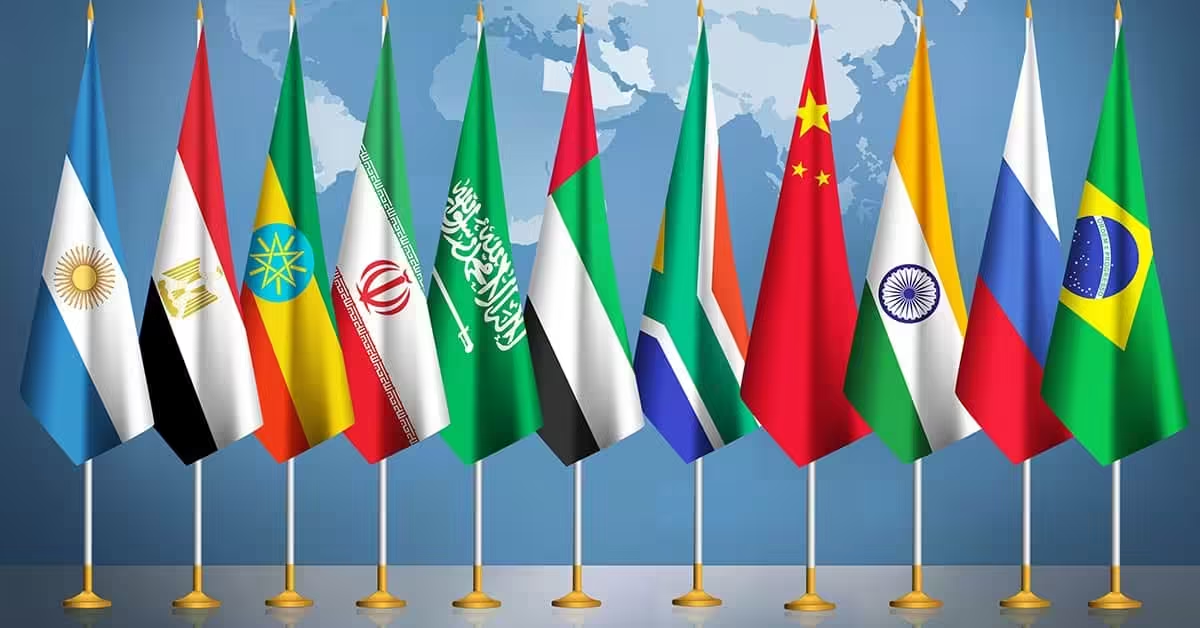India has officially rejected the formation of a BRICS currency aimed at challenging the US dollar’s global dominance. The Modi government confirmed its unwavering commitment to the US dollar for cross-border transactions, signaling a sharp divergence from the aspirations of China, Russia, and Iran, who continue to push for an alternative currency. This unexpected U-turn comes after former U.S. President Donald Trump spared India from tariffs, while imposing them on Canada, Mexico, and China.
Union Commerce Minister Piyush Goyal made India’s position clear, stating, “We don’t support any BRICS currency. Imagine us having a currency shared with China. We have no plans. It is impossible to think of a BRICS currency.” Goyal’s remarks reflect the longstanding tension between India and China, particularly regarding border disputes and trade differences that have persisted for over five decades. The Modi government, wary of alienating voters, has opted to maintain strong economic ties with the U.S. and avoid the political fallout that would come from aligning with China on such a critical issue.
The rejection of a shared BRICS currency could be seen as a significant blow to China’s plans. The Communist nation, alongside Russia and Iran, has been working towards de-dollarization — a movement aimed at reducing global reliance on the U.S. dollar. If successful, such a shift could reshape international trade, potentially dampening U.S. markets and driving inflation domestically.
While India’s decision may be seen as a strategic move to safeguard its own economic interests and electoral stability, it is likely to strain relations within BRICS. As the global landscape evolves, the idea of a BRICS currency remains alive, but India’s stance shows that the road to de-dollarization will be more complex than initially anticipated.
Also Read: Saudi Arabia’s BRICS Decision: Weighing Economic Gains vs. Geopolitical Risks
With India doubling down on the US dollar, the geopolitical and financial implications for the BRICS alliance and the U.S. dollar’s future are far from settled.
Disclaimer: The information in this article is for general purposes only and does not constitute financial advice. The author’s views are personal and may not reflect the views of Chain Affairs. Before making any investment decisions, you should always conduct your own research. Chain Affairs is not responsible for any financial losses.



